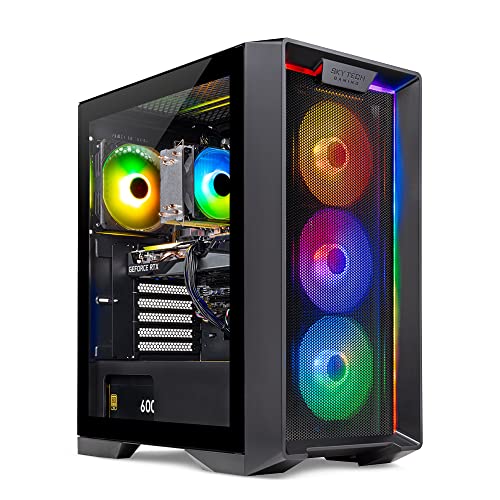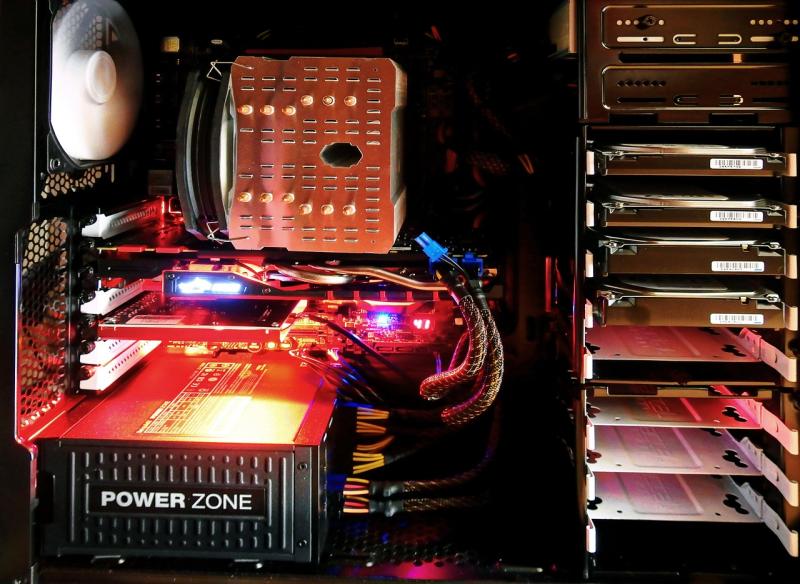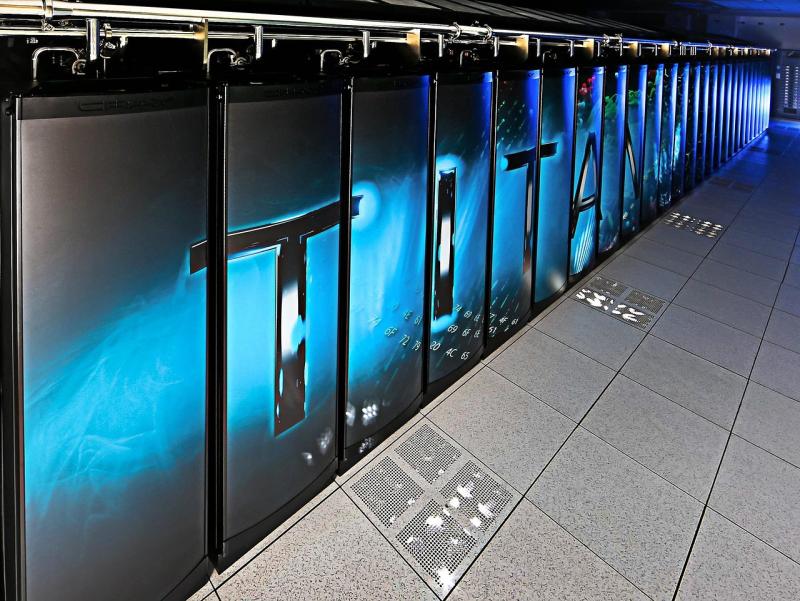Liquid metal thermal compounds offer superior heat conductivity compared to traditional pastes, making them ideal for extreme overclocking setups. These compounds enhance heat dissipation from CPUs and GPUs, ensuring that components remain cool under heavy loads.
Liquid metal provides lower thermal resistance, allowing for more efficient heat transfer. When applying liquid metal, clean all surfaces meticulously and use proper tools to achieve an even, thin layer. Caution is necessary, as liquid metal is electrically conductive; applying it with precision minimizes risk to other components. Consider using protective barriers on surrounding areas if needed.
Regularly monitor temperatures after application and schedule periodic rechecks during heavy use. Ensure that your cooling system is fully compatible with liquid metal compounds, and replace them according to manufacturer recommendations to sustain optimal performance.
Liquid metal thermal compounds are an advanced solution for maximizing heat dissipation in extreme overclocking scenarios. With careful application and diligent monitoring, they provide the enhanced cooling performance needed to push your system to its limits.
Mastering Liquid Metal Thermal Compounds for Extreme Overclocking Performance
Liquid metal thermal compounds have reshaped the landscape of advanced cooling solutions. By offering unparalleled thermal conductivity compared to conventional pastes, these alloys unlock the next level of CPU cooling and GPU cooling for enthusiasts pushing the boundaries of overclocking stability. This in-depth guide explores composition, application, maintenance, and performance metrics to help you harness liquid metal for maximum heat dissipation and PC cooling efficiency.
1. Understanding Liquid Metal Thermal Compounds
Liquid metal thermal compound is typically a eutectic alloy—most commonly a gallium-indium-tin blend—engineered to stay fluid at room temperature. Key attributes include:
- Thermal Conductivity: Up to 80 W/m·K or more, vastly exceeding typical silicone-based pastes (3–9 W/m·K).
- Electrically Conductive: A double-edged sword—enables superior heat transfer but requires precision to avoid short circuits.
- Wetting Capability: Naturally spreads into microscopic surface imperfections on heat spreaders and heat sinks, improving contact and reducing thermal resistance.
Understanding these unique properties lays the foundation for safe, effective liquid metal application in extreme overclocking scenarios.
2. Advantages Over Traditional Pastes
Liquid metal compounds deliver multiple benefits for high-performance builds:
- Ultra-low thermal resistance slashes CPU and GPU junction temperatures by 5–15 °C under load.
- Enhanced overclocking headroom, enabling higher stable core voltages and frequencies.
- Long-term thermal stability when paired with proper barrier materials.
- Superior compatibility with copper and nickel-plated surfaces, common in premium heatsinks and AIO cold plates.
These advantages directly translate into more consistent benchmarking, smoother high-resolution gaming, and faster render times in compute-intensive applications.
3. Composition, Safety, and Compatibility
3.1 Alloy Composition
- 68 % Gallium (Ga)
- 22 % Indium (In)
- 10 % Tin (Sn)
Occasionally trace metals (e.g., Zinc) improve fluidity and reduce supercooling tendencies.
3.2 Safety Precautions
- Always disconnect power and ground the chassis before application.
- Use anti-static wrist straps to avoid electrostatic discharge.
- Apply in a well-ventilated area; gallium vapors are minimal but prolonged exposure is best avoided.
3.3 Surface Compatibility
Liquid metal can corrode aluminum over time, forming gallium-aluminum intermetallics. To prevent damage:
- Restrict use to copper or nickel-plated CPU/GPU heat spreaders.
- Avoid aluminum heatsinks unless they are specifically treated or barrier-coated.
4. Step-by-Step Liquid Metal Application Techniques
4.1 Required Tools and Materials
- Isopropyl alcohol (≥ 90 %) and lint-free microfiber cloths
- Precision applicator brush or micropipette
- Latex or nitrile gloves
- Kapton tape or UV-curable polymer barrier (optional)
- Quality liquid metal thermal compound (e.g., Thermal Grizzly Conductonaut, Coollaboratory Liquid Metal)
4.2 Surface Preparation
- Power down PC, unplug all cables, and remove the CPU cooler or GPU heatsink.
- Clean both the die and cold plate surfaces with isopropyl alcohol until no residue remains.
- Inspect mating surfaces under bright light; ensure flatness and absence of old paste or debris.
4.3 Barrier Application (Optional but Recommended)
- Apply a thin ring of polymer-based barrier (from a dedicated pen) around the CPU die to prevent metal runoff.
- Alternatively, use Kapton tape on corner edges—ensure it doesn’t encroach under the die.
4.4 Dispensing the Liquid Metal
- Shake or gently swirl the tube to suspend alloy particles evenly.
- Deposit a tiny drop (about the size of a grain of rice) at the center of the CPU or GPU die.
- Using the applicator brush, spread in three passes—east-west, north-south, then a diagonal—aiming for a film thickness of 5–10 µm.
4.5 Reassembly and Testing
- Re-mount the heatsink or water block, applying even, moderate torque to retention screws.
- Power on and monitor temperatures under idle, then load with a stress-test tool (e.g., Prime95, FurMark).
5. Maintenance and Long-Term Stability
5.1 Temperature Monitoring
- Track CPU/GPU temperatures weekly during heavy workloads.
- Expect sub-ambient water-cooling loops to benefit the most from liquid metal’s efficiency.
5.2 Reapplication Schedule
- Overclockers: Reapply every 4–6 months to counter any slight migration or dry-out.
- Casual users: Consider an annual check, especially if running 24/7 or using high-flow custom loops.
5.3 Compatibility Checks
- Confirm AIO cold plates remain copper/nickel-plated.
- For CPU delidding projects, inspect the integrated heat spreader (IHS) coating before applying liquid metal.
6. Performance Case Studies
6.1 Extreme Overclocking Benchmark
System: Intel Core i9-13900K on custom loop, dual-GPU NVIDIA RTX 4090 water blocks.
Thermal Paste vs. Liquid Metal under Prime95 (1 hr stress):
- Paste: 92 °C average junction temperature
- Liquid Metal: 80 °C average (12 °C reduction)
6.2 Gaming Thermals
Cyberpunk 2077, 4K ultra settings:
- Paste: CPU boost clocks hit 5.6 GHz, throttled after 10 min.
- Liquid Metal: Sustained 5.8 GHz boost clock with zero throttling.
7. Potential Risks and Mitigation Strategies
| Risk | Mitigation |
|---|---|
| Short circuits from spillage | Use barrier tape; apply minimal compound; wear gloves |
| Aluminum corrosion | Limit to copper/nickel surfaces; use protective coating |
| Migration over time | Regular inspections; tape peripheral areas |
| Difficulty in cleanup | Isopropyl alcohol + soft brush; avoid scraping with metal |
8. Alternative Advanced Cooling Solutions
- Hybrid TEC + Water Cooling: Combines Peltier modules with radiators for below-ambient cooling.
- Phase-Change Units: Compressor-based systems that achieve sub-zero temperatures (–20 °C to –50 °C).
- High-End Ceramic Pastes: Ceramic-infused compounds that bridge the gap between silicone pastes and liquid metal—non-conductive but high conductivity (~12 W/m·K).
These solutions carry higher complexity, cost, and maintenance demands compared to liquid metal, but can exceed its performance envelope for extreme benchmarking.
9. Best Practices for Overclocking Stability
- Apply liquid metal only after initial stable overclocks with high-quality silicone pastes.
- Use incremental voltage increases with small frequency steps; verify stability via extended stress tests.
- Ensure your custom loop (if used) pumps enough flow to extract the extra heat rapidly.
- Record baseline thermal data before liquid metal to quantify performance gains precisely.
Following disciplined overclocking protocols paired with liquid metal thermal compounds maximizes both performance and hardware longevity.
10. Conclusion
Liquid metal thermal compounds represent the zenith of PC cooling efficiency—delivering unmatched heat dissipation for extreme overclocking, sustained CPU cooling, and superior GPU cooling. By mastering precise liquid metal application, maintaining consistent monitoring, and understanding compatibility nuances, you can achieve earlier thermal limits and unparalleled overclocking stability. Whether you’re a competitive overclocker or a creative professional demanding peak PC cooling efficiency, integrating liquid metal into your advanced cooling solutions toolkit is the ultimate game-changer.
Equip yourself with the right tools, follow the steps above, and watch your overclocking ambitions soar beyond conventional boundaries.







